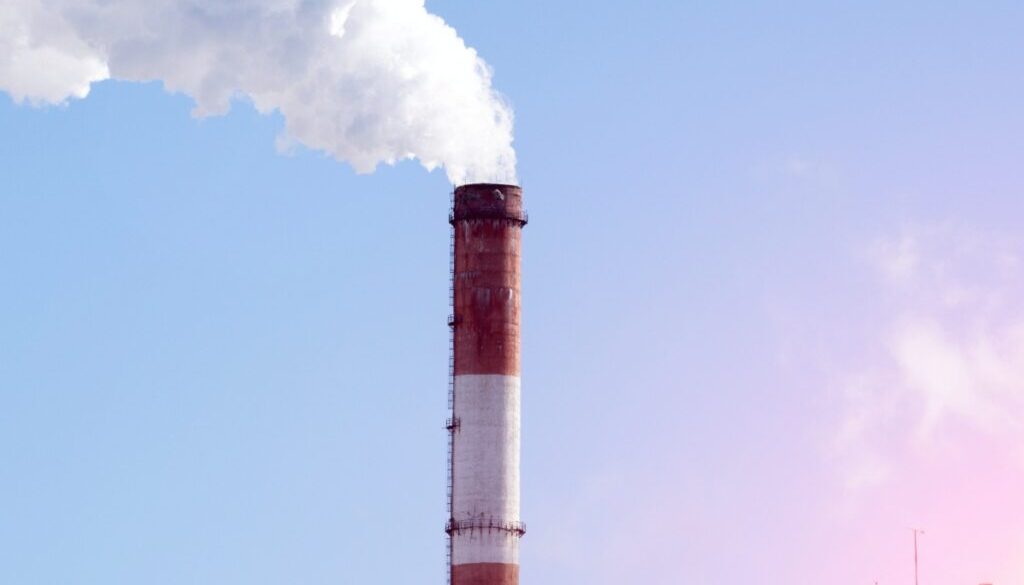Refineries’ benzene blight of fenceline communities spurs call for EPA enforcement
Almost half of all U.S. oil refineries are emitting benzene at levels known to cause long-term health harms to communities living within a few miles of the facilities, according to a new report from environmentalists who say stricter Environmental Protection Agency enforcement and monitoring is needed.
The Environmental Integrity Project (EIP) and other clean air advocacy groups on Thursday unveiled a new report and map based on refinery data from January 2018 to December 2021 showing emissions of benzene, a hazardous air pollutant that can cause health problems from immune system damage to leukemia.
Fifty-one of the 118 reporting refineries had benzene levels that exceeded California’s level of 3 micrograms per cubic meter (µg/m3) for when emissions can become a health threat.
“EPA and the oil refining industry really need to do more to crack down on these benzene emissions, because the fenceline concentrations at too many refineries are high enough to pose a potential threat to neighborhoods that are close by,” Eric Schaeffer, EIP’s executive director, said in a statement. “Fuel prices and refinery profits are up, and these facilities can spend some of that money to better control benzene emissions.”
Of the 129 petroleum refineries that operated in the United States last year, 118 of the facilities reported fenceline benzene levels to the EPA. The agency estimates that about 6.1 million people live within three miles of a refinery, and many of those are environmental justice low-income and minority communities that are located within half a mile of a refinery.
Twelve of the refineries also reported benzene emissions at the facility fenceline that exceeded the EPA’s annual “action level” of 9 µg/m3 that requires companies to take corrective action by analyzing the reason for the elevated benzene emissions and try to bring the levels down. Five of these refineries were in Texas, four in Louisiana, and the other three were in Philadelphia, Indiana, and the U.S. Virgin Islands, showing the benzene blight is a problem across the country.
“We’re starting to see these exposures persists over long periods of time,” said Schaeffer, who added that it’s likely benzene levels were as high, or even higher, in the years before the EPA finalized a rule in 2015 that required submission of the emissions data to the agency. That suggests a years-long problem with resulting health concerns for nearby communities.
“If you can’t get your benzene below the action level as the rule requires, year after year, we really need to see enforcement action from EPA and we’re so far not seeing very much,” said Schaeffer, suggesting that the agency needs to ramp up inspections of refineries’ emissions.
EIP was one of the 55 groups that earlier this month sent a letter to Senate leaders urging them to swiftly confirm David Uhlmann, nominated by President Joe Biden to be the EPA’s next enforcement chief. They cited dwindling agency enforcement statistics as proving a need for stronger agency actions to protect vulnerable communities from illegal pollution.
Schaeffer highlighted the Marathon Galveston Bay Texas City, Texas, refinery that had annual benzene levels of 8.6 µg/m3 in 2018, 12 µg/m3 in 2019, 15.1 µg/m3 in 2020, and 19.8 µg/m3 in 2021 – all far above California’s health concern level and most exceeding EPA’s action level.
“What are they waiting for?” he said, referring to the EPA in response to the elevated benzene levels and the fact that hundreds of mostly minority people live near the facility. If a refinery’s benzene levels are high and suggest danger to nearby communities, the EPA needs to get involved and investigate the situation and try to bring those readings down, he said.
John Beard, executive director of the Port Arthur Community Action Network, said “we need more monitoring along the fenceline communities and beyond the fenceline, because those effects [from exposure to benzene] are carried downwind” to neighborhoods further away.
“A key goal of this project is to expand the access” that fenceline communities and others have about the dangers they face due to elevated benzene emissions from nearby refineries, said Rani Kumar, an EIP analyst. “Data access is an environmental justice issue.”
The EIP map allows users to see highest and lowest benzene levels from refineries around the U.S., and it shows that some facilities have been able to cut their emissions, with some refineries in California reporting no more than 1 µg/m3 at their fenceline.



